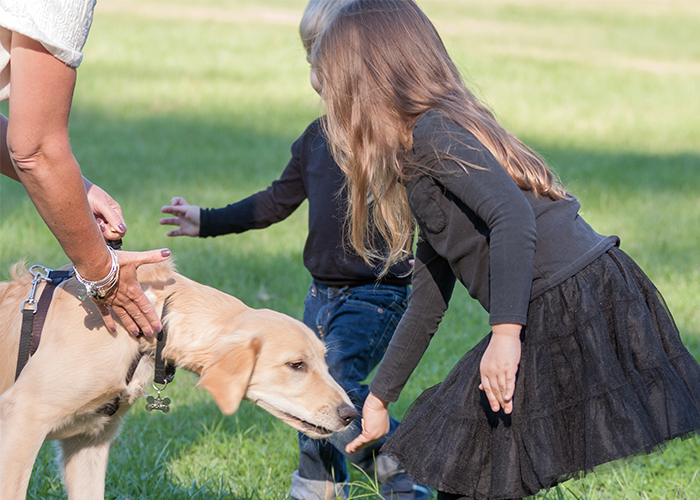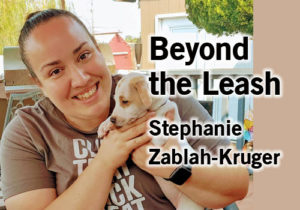Teaching kids proper interactions with dogs

 CONTRA COSTA COUNTY, CA (Apr. 23, 2022) — Dogs are beloved members of many families, but it is important to remember that they are also animals with their own set of instincts and behaviors.
CONTRA COSTA COUNTY, CA (Apr. 23, 2022) — Dogs are beloved members of many families, but it is important to remember that they are also animals with their own set of instincts and behaviors.
It is crucial to take steps to ensure safe interactions with dogs – especially for children. The data says we need to pay closer attention to how kids interact with dogs and teach them how to respect the animals.
Seventy-seven percent of dog bites on children come from a family or friend’s dog. That means the majority of bites could be prevented if we educated children about canine body language and how to properly interact with dogs.
Here are some key points when teaching kids about dog bite prevention:
- Dogs communicate through body language. Watch the tail, ears and mouth to see how they are feeling. A wagging tail does not always mean a friendly dog.
- Even if a dog “looks friendly,” never approach a strange dog without asking the owner first. Teach children to ask the owner how to proceed once given the green light. They should ask questions like: How do I pet them? or Can I give a treat?
- If a dog is showing signs of aggression (baring teeth, growling, etc.), do not approach. Slowly back away from the dog and alert an adult.
- Never run away from a dog, as this can trigger their prey drive. If you are ever approached by an aggressive dog, stand still and be calm. Do not make any sudden movements or yell at the dog. This will only make them more agitated.
- If a dog is rushing toward you, freeze. “Be a tree” by folding up your arms, being still, quiet and not making eye contact. This helps to not overexcite the dog so they lose interest in you and go away.
- If a dog knocks you over, curl into a ball with your hands over your head and neck to protect yourself until they lose interest and walk away.
By following these tips, we can help prevent canine aggression and keep our kids safe when interacting with our furry family members.
For more information and videos to help you create a better relationship between kids and dogs, check out my website or follow me on social media (Facebook, Instagram, TikTok, YouTube)

Stephanie Zablah-Kruger
Animal behaviorist, Stephanie Zablah-Kruger, 37, has 14 years’ experience in the veterinary field and as a trainer. Reach her at cooperativecaretraining@gmail.com, (510) 408-7162.
